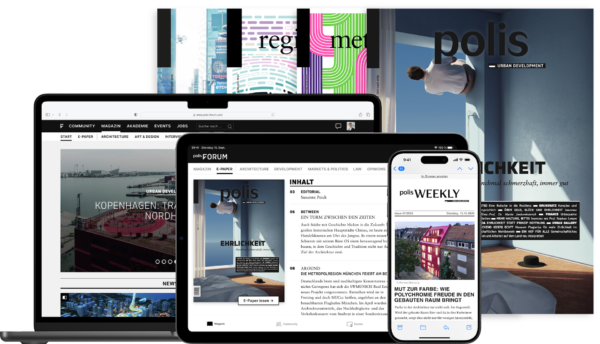Diesen Artikel* weiterlesen im polisFORUM:Zugang zu allen Beiträgen und unserem E-Paper. Teste unser digitales CONTENT-ABO kostenlos für 30 Tage1.Digitales
CONTENT-ABO → 1 Kostenlos für 30 Tage, danach 12,99 € im Monat. Jederzeit kündbar.
1 Kostenlos für 30 Tage, danach 12,99 € im Monat. Jederzeit kündbar.
Diesen Artikel* weiterlesen im polisFORUM:Zugang zu allen Beiträgen und unserem E-Paper. Teste unser digitales CONTENT-ABO kostenlos für 30 Tage1.Digitales
CONTENT-ABO → 1 Kostenlos für 30 Tage, danach 12,99 € im Monat. Jederzeit kündbar.
1 Kostenlos für 30 Tage, danach 12,99 € im Monat. Jederzeit kündbar.